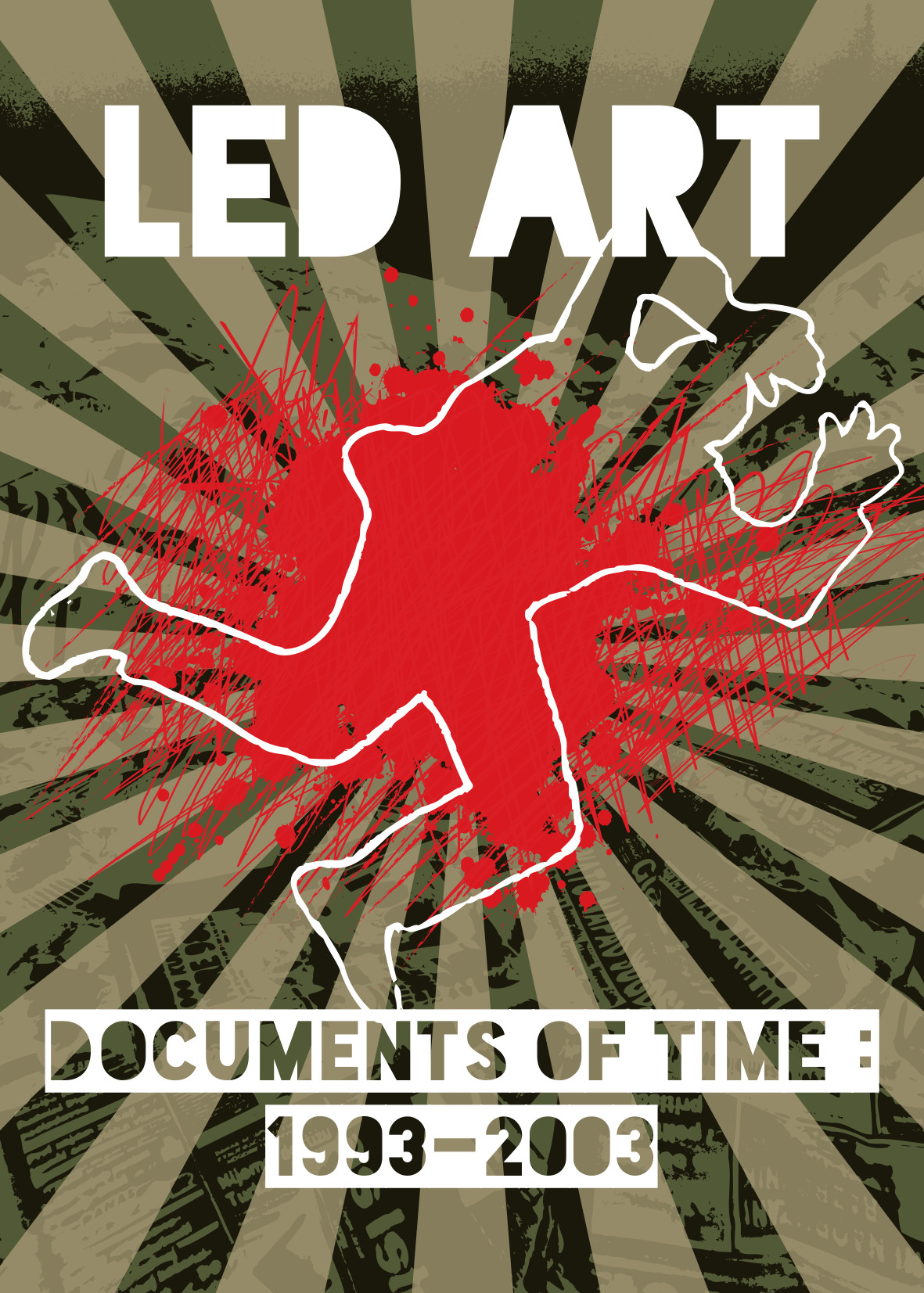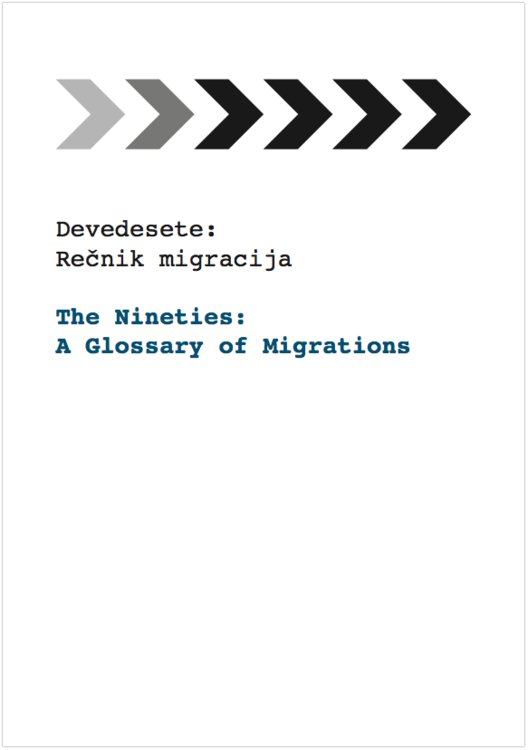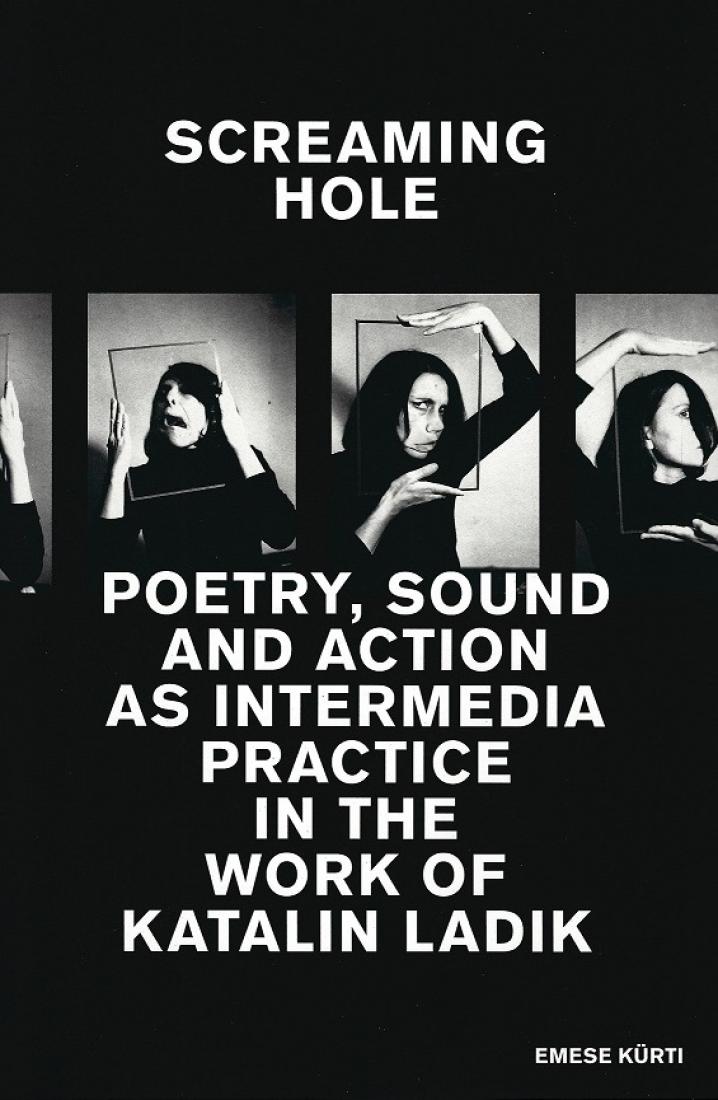Led Art: Documents of Time: 1993-2003 (2020)
Filed under book | Tags: · 1990s, art, politics, protest, serbia, social movements, socially engaged art, war, yugoslavia

“In an extraordinary socio-political turmoil that shoved Yugoslavia into a war and complete international isolation during the 1990s, activity in culture and the arts was one of possible ways to survive and not be drowned in cataclysmic reality. Under those circumstances, in 1993 painter Nikola Džafo has found Led Art (Ice Art) group. Its projects bear the epithet of engaged art that resisted the regime of Slobodan Milosevic. Led Art gathered more than 300 individuals in close to fifty projects during the ten-year activity period: artists, sociologists, art historians, journalists, scientists. This book covers the activities of the group and the chronology of the social and political events in the former Yugoslavia.”
Translated by Goran Mimica and Svetozar Poštić
Publisher Multi-media center Led Art, Novi Sad, 2020
ISBN 9788690537570
254 pages
via Struron
PDF (23 MB)
Comment (0)The Nineties: A Glossary of Migrations (2019) [Serbian/English]
Filed under catalogue | Tags: · 1990s, activism, art, civil society, migration, politics, serbia, trauma, war, yugoslavia

“The catalogue published to accompany an exhibition on the mass migrations of the population to and from Serbia over the course of the 1990s. The primary concern of the exhibition is to map the different forms of engagement, from the 1990s to the present, which have, in the field of art, activism and civil society, addressed social, cultural, political and legal issues created in these extremely complex and traumatic migration processes.”
Edited by Neda Knežević
Publisher Museum of Yugoslavia, Belgrade, 2019
ISBN 9788684811655
315 pages
Emese Kürti: Screaming Hole: Poetry, Sound and Action as Intermedia Practice in the Work of Katalin Ladik (2017)
Filed under book | Tags: · action art, art criticism, art history, hungary, intermedia, neo-avant-garde, performance art, poetry, serbia, sound art, yugoslavia

“This book focuses on the experimental practice of Katalin Ladik, a poet, performer and actress born in the former Yugoslavia. Her career as a poet writing in Hungarian language began in the intellectual circles of the neo-avant-garde journal Új Symposion (New Symposium) in Novi Sad, but the subversiveness of her feminine practice gave her a distinctive position in the whole Yugoslav neo-avant-garde scene as early as the late 1960s. At the same time, linearity was also being replaced in Ladik’s poetic works by an extended notion of poetry, as she realised her actionism in a complex and mutual intermedial relationship between poetry, sound and visuality. Her performances attracted lively attention not only on account of an interpretation of poetry and sound that was radically new both in Yugoslavia and abroad at the time; her use of the eroticized body also seemed to lack any predecessors in the local avant-garde of the day. Katalin Ladik, who synthesized the traditions of Balkan folk music and Hungarian folklore, could work supraethnically, as it were, in this multiethnic Yugoslav context, using the references of multiple cultures, which suited with persistently international spirit of the avant-garde.”
Translated by Katalin Orbán
Publisher acb ResearchLab, Budapest, 2017
ISBN 9789631283617, 9631283615
247 pages
via Author
PDF (36 MB)
Comment (0)
